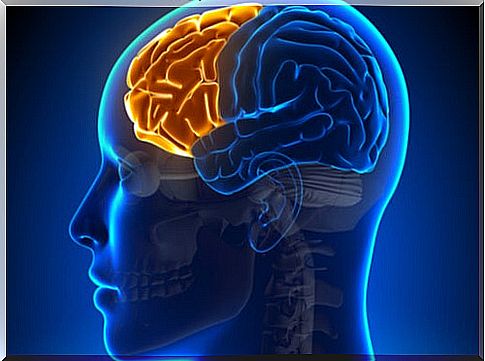Our Attitudes Can Change Through The Art Of Imagination

Our attitudes, like other aspects, seem to change over time; what we think or feel about something today may be different than what we felt or thought a decade ago – in fact, it probably is. The most widespread opinion is that what we live – our experiences – is what modifies our attitudes. Following this logic, we could say that attitudes can change over time.
However, based on the results of a recent study published in the journal Nature Communications , the data collected seems to contradict popular belief: recent neuroscientific research seems to show that our real-life attitudes can be modified by what the brain imagines.
This could have very positive consequences in the field of psychological therapy : if, for example, you have an aversion to going down a specific street, because something emotionally negative happened there, imagine yourself on that street, but with someone you know who inspires confidence, it could, in the long run, change the attitude towards that place.
The researchers hypothesize that this surprising power of the imagination has its neuroanatomical seat in the ventromedial prefrontal cortex, located in the anterior and central part of the cerebral cortex of the frontal lobe.

Can our attitudes really change by imagination?
As mentioned, the most recent neuroimaging findings provide us with data to answer in the affirmative. However, experiencing situations and experiencing linked emotional states remains, compared to imagination, the main causal agent of attitude change.
Although, really, perhaps it is not necessary to appeal to science to answer that question : if we do the experiment of imagining any real place towards which we have an attitude of indifference, and then we imagine ourselves living an experience charged with emotion, the next time we pass through that place we will probably discover a different attitude.
How does this process happen?
In the aforementioned study, participants were asked to name people they were attracted to and also people they did not like; They were also asked for a list of places that they considered had a neutral value for them.
Later, and already inside the MRI machine, they were asked to visualize, in the most intense and vivid way possible, a scene with one of the people they found attractive in one of those neutral places.
After the test, it was found that the general attitudes of the participants towards places – which were initially estimated as emotionally neutral – had changed to positive. It was then deduced that this change had occurred thanks to the passing of the emotional quality of the person imagined in the place.
Observing the results carefully, it was possible to delimit the way in which this phenomenon operates at a brain level; specifically, the ventromedial prefrontal cortex seemed to be the brain area most intensely involved in this attitudinal change operation.
In addition, in line with these findings, it is proposed that in this area of the cortex there is also the personal evaluation, in the affective field, that the person makes about these people and about the places they have known.
For the formation of a general attitude towards a specific element, it is also theorized that this brain region associates neural representations of our environment with other information related to it, which come from other brain regions.

Application of the findings
The discovery of this mechanism could, in relation to the mental health and general well-being of people, collaborate in a decision-making regarding the future that is somewhat more oriented and risk-free. AND
Also, by showing that positive imagination can lead to a less negative evaluation of our environment, the consequences of negative thoughts could be predicted and addressed with greater precision. Probably, those mechanisms of ruminative thinking and negative ideas about oneself, about life and about the future – which some people with depression tend to present – could be treated with intervention resources that take into account the phenomenon of imagination described.









